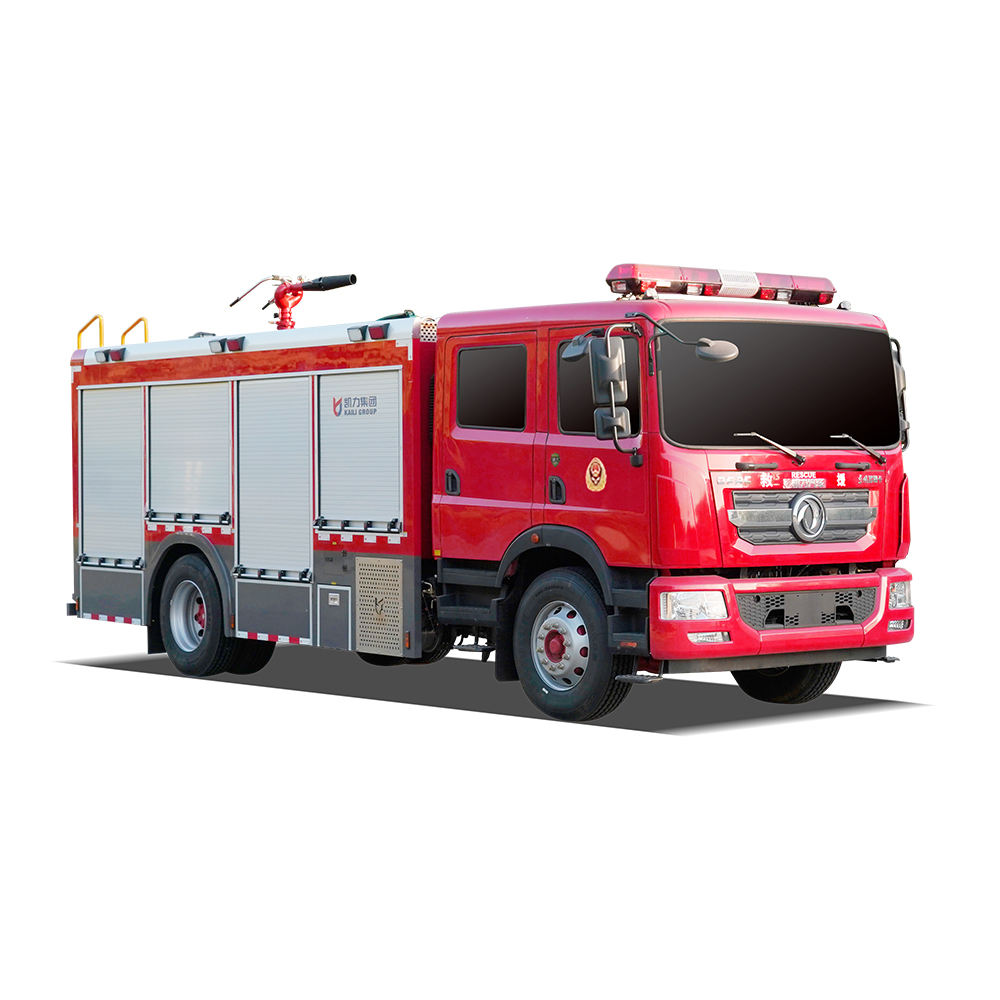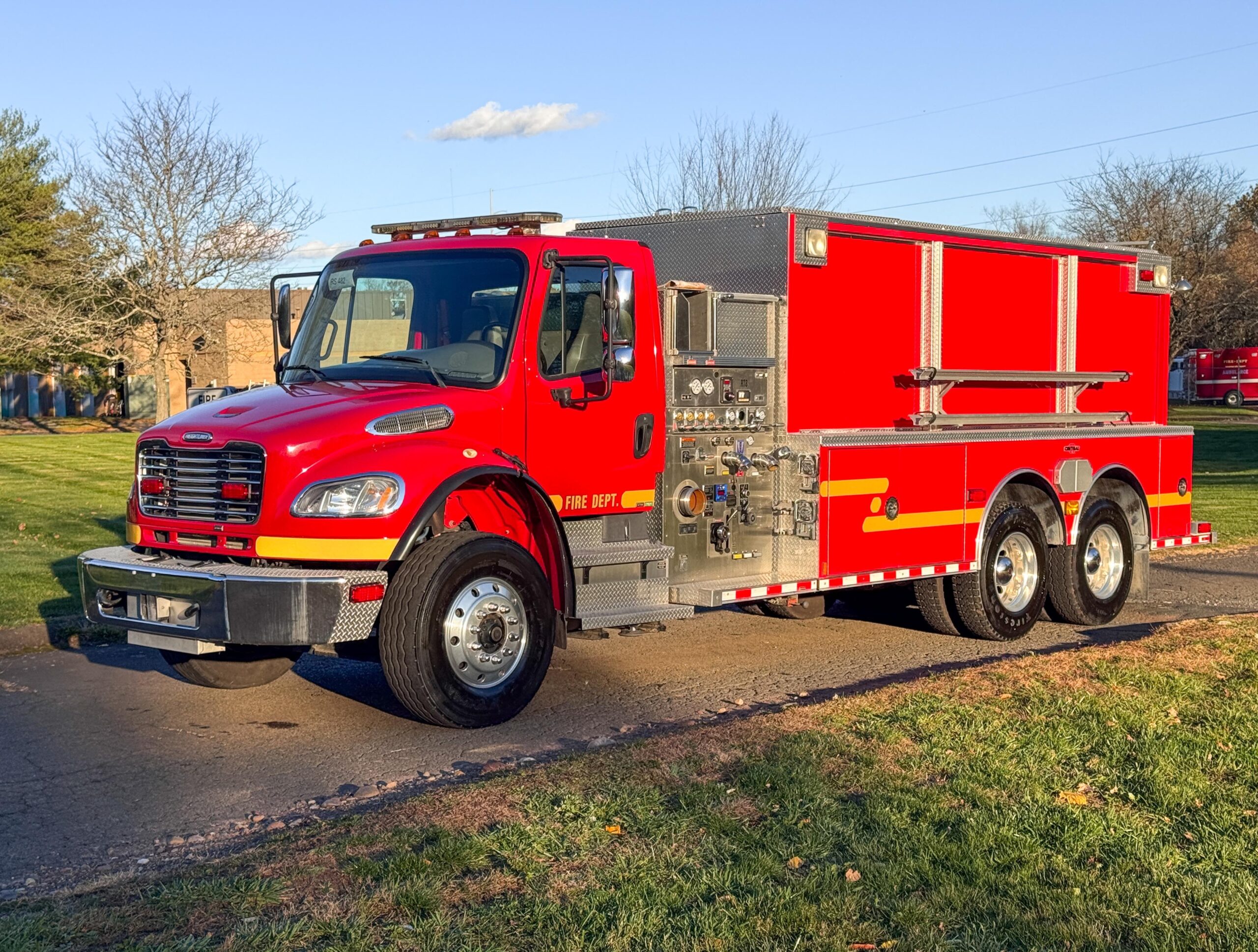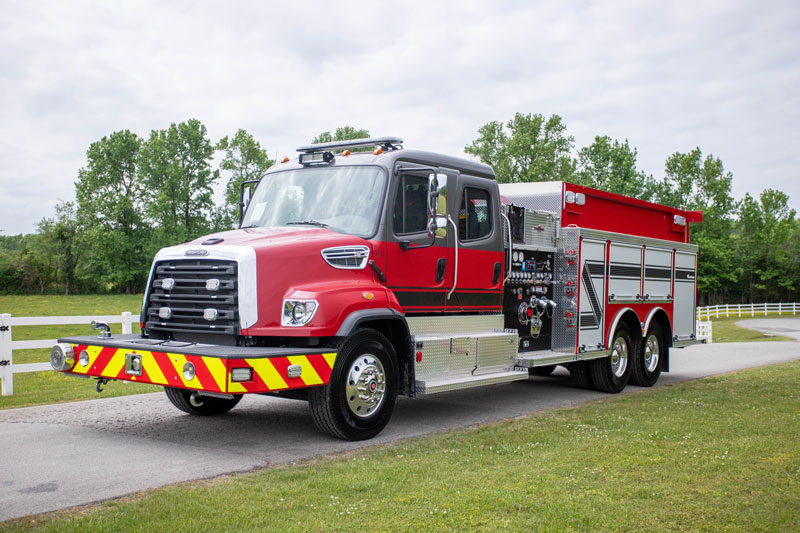Used Pumper Tanker Fire Trucks For Sale | Reliable & Affordable
Are you a fire department chief, a municipal buyer, or an industrial safety manager working with a tight budget? You’re likely facing the challenge of maintaining critical firefighting capabilities without breaking the bank. The solution you might be searching for is investing in a used pumper tanker fire truck. This option provides a reliable and affordable pathway to robust fire protection. This comprehensive guide will walk you through everything you need to know to make a smart purchase, ensuring you get a dependable piece of equipment that serves your community or facility well for years to come. We’ll cover the key benefits, what to look for during an inspection, and how to navigate the market of pre-owned fire apparatus.
Why Choose a Used Pumper Tanker Fire Truck?
The primary advantage is clear: significant cost savings. A new custom pumper can easily exceed $500,000, while a well-maintained used model can be acquired for a fraction of that price. This allows smaller departments or companies to allocate funds to other critical areas like training, maintenance, or additional equipment. But affordability doesn’t mean compromising on quality. Many used fire trucks have years of reliable service left in them. They were built to rigorous standards and, with proper care, are engineered for longevity. You are essentially acquiring a proven, field-tested asset. The depreciation hit has already been taken by the first owner, making a used pumper tanker one of the most cost-effective investments in public or industrial safety.

Key Features to Inspect Before You Buy
Not all used fire trucks are created equal. A thorough inspection is non-negotiable. Focus on these critical components to ensure you’re getting a reliable and affordable used pumper tanker fire truck.
The Chassis and Engine
Start with the heart of the vehicle. Check the engine hours, not just the mileage. Fire apparatus often accumulate high engine hours from idling at scenes. Look for a well-documented service history for the engine and transmission. Listen for unusual noises during a cold start and check for any signs of fluid leaks. A chassis from a reputable manufacturer like Pierce, Spartan, or Seagrave is generally a good indicator of quality.
The Pump and Water Tank
The pump is the core of the pumper’s function. It should be tested to its rated capacity, typically 750, 1000, or 1500 gallons per minute (GPM). Inspect the tank for interior corrosion or damage. A stainless steel or polypropylene tank tends to have a longer lifespan than steel. Ask for a recent pump certification to ensure it meets the National Fire Protection Association (NFPA) 1911 standard for in-service testing. This is a crucial step for verifying the apparatus’s operational readiness.
Overall Apparatus Condition and History
Examine the body for rust, especially in areas around the pump panel and compartments. Check the condition of the hoses, ladders, and other loose equipment. Crucially, request the vehicle’s maintenance and repair records. A well-documented history is a strong sign of a responsible previous owner. As Chief Michael Davis, a 25-year veteran and certified fire apparatus mechanic, states, “A stack of maintenance logs is often more valuable than a low-mileage reading. It tells the true story of how the truck was cared for.”
Used vs. New: A Clear Comparison
To help visualize the key differences, here is a straightforward comparison:
| Factor | Used Pumper Tanker | New Pumper Tanker |
| Cost | Substantially lower ($80,000 – $200,000) | Significantly higher ($350,000 – $600,000+) |
| Customization | Limited to existing configuration | Fully customizable to exact specifications |
| Delivery Time | Weeks, often immediately available | 12 to 24 months for a custom build |
| Technology | May have older systems | Latest safety and operational tech |
| Depreciation | Minimal, most has already occurred | Steep initial depreciation |
| Reliability | High, if well-maintained and inspected | High, with a full manufacturer’s warranty |
Where to Find Reliable Sellers
Finding the right seller is as important as finding the right truck. Look for reputable dealers who specialize in fire apparatus. These companies often refurbish trucks and may offer limited warranties. Another excellent source is municipal surplus auctions, where you can find well-maintained apparatus directly from fire departments. Always, without exception, arrange for a third-party inspection by a qualified mechanic who specializes in fire trucks before finalizing any purchase. This small upfront cost can save you from a disastrous investment.
Essential Questions to Ask the Seller
- Can you provide the complete service and repair history?
- Is the pump currently certified and tested?
- What is the reason for selling the apparatus?
- Are there any known issues or recent major repairs?
- Can I have an independent mechanic perform an inspection?
Frequently Asked Questions
Q: What is the typical lifespan of a used pumper tanker fire truck?

A: With proper maintenance, a quality pumper tanker can have a service life of 20 years or more. Many departments use them as frontline apparatus for 10-15 years before moving them to reserve status.
Q: Are financing options available for used fire trucks?
A: Yes, many specialized lenders and even some dealers offer financing plans for municipal and volunteer fire departments, making the purchase of a used pumper tanker even more accessible.
Q: How can I verify the pump’s performance?
A: Insist on a recent pump test conducted according to NFPA 1911 standards. This certified test provides a performance graph showing the pump’s output at various pressures, confirming it meets its original specifications.
Q: What are the most common issues to look out for?
A: Be vigilant for rust in the water tank and body, worn-out pump seals, outdated electrical systems, and engine or transmission problems that may not be evident from a simple visual inspection.

Final Checklist Before You Purchase
- Review all service records meticulously.
- Conduct or review a recent NFPA 1911 pump test.
- Perform a hands-on inspection of the chassis, engine, and pump.
- Check for body damage and compartment functionality.
- Get a professional third-party inspection report.
- Confirm all paperwork, including the title, is in order.
By following this guide, you are well-equipped to navigate the market for used pumper tanker fire trucks. With careful research and due diligence, you can secure a reliable and affordable piece of equipment that will faithfully serve its purpose for years to come.
Sources and Further Reading:
1. National Fire Protection Association (NFPA). NFPA 1911: Standard for the Inspection, Maintenance, Testing, and Retirement of In-Service Emergency Vehicles. https://www.nfpa.org/codes-and-standards/all-codes-and-standards/list-of-codes-and-standards/detail?code=1911
2. US Fire Administration. Apparatus. https://www.usfa.fema.gov/operations/equipment-apparatus.html






